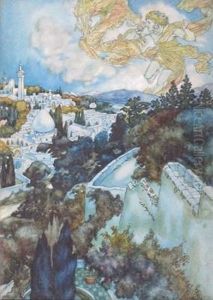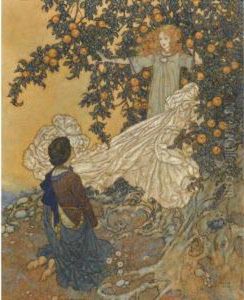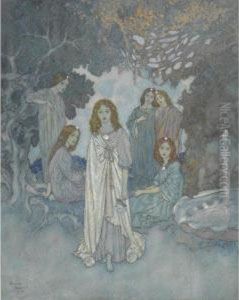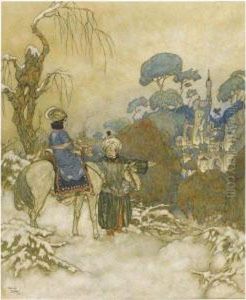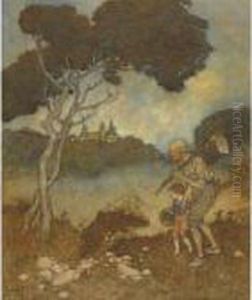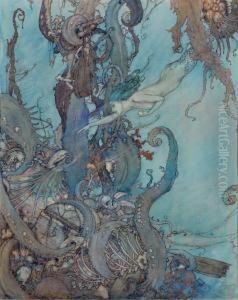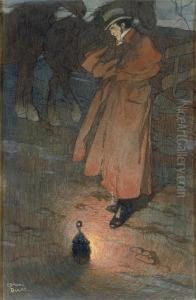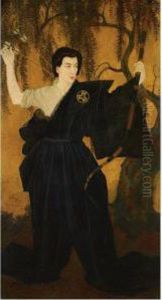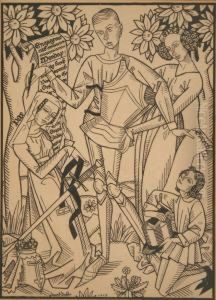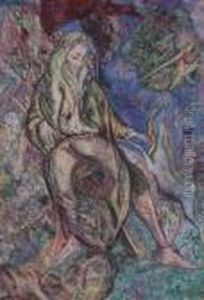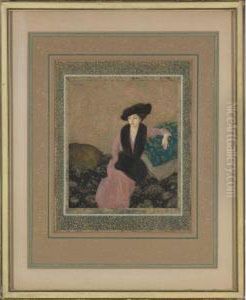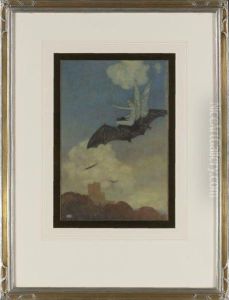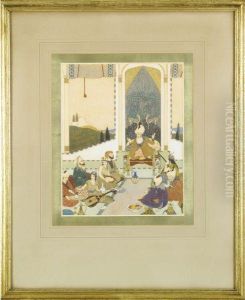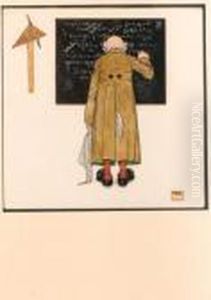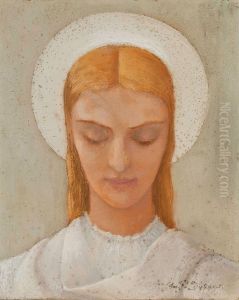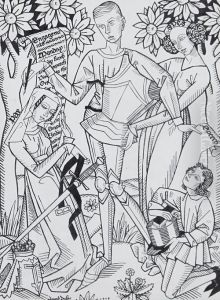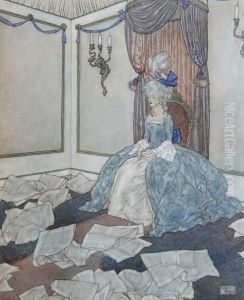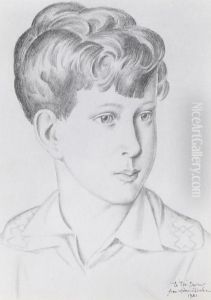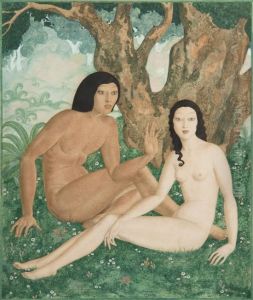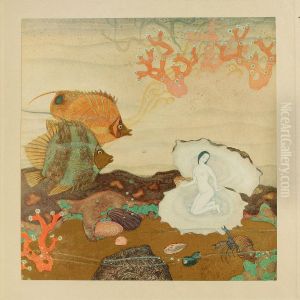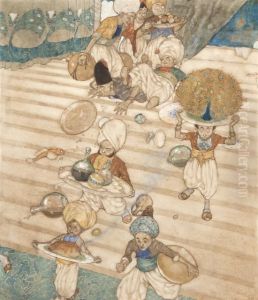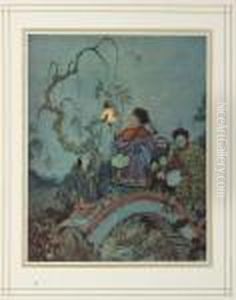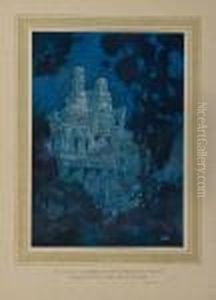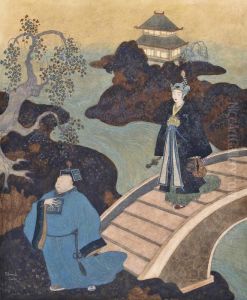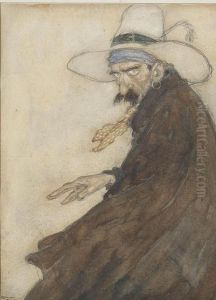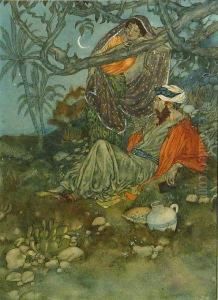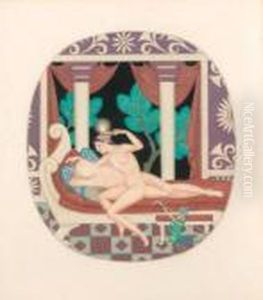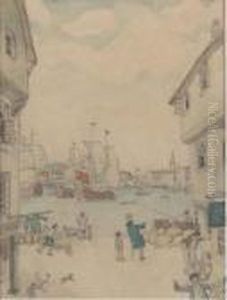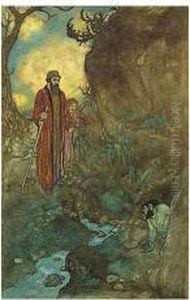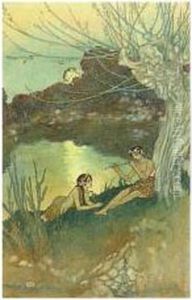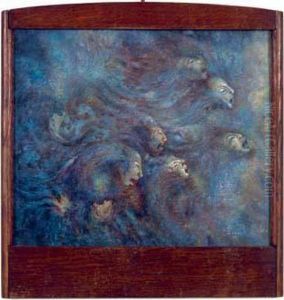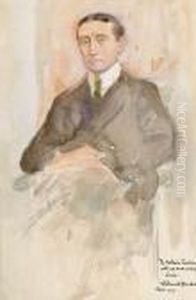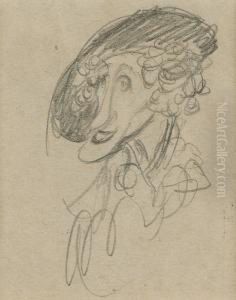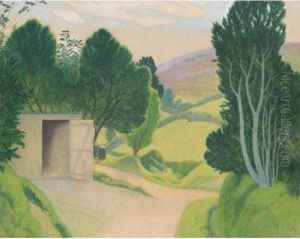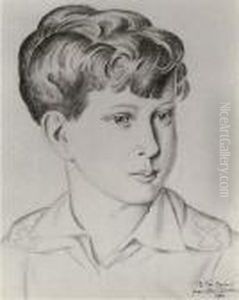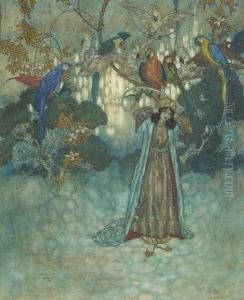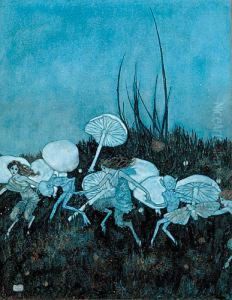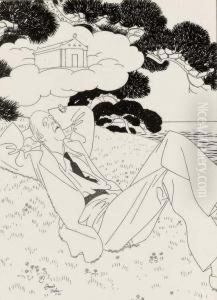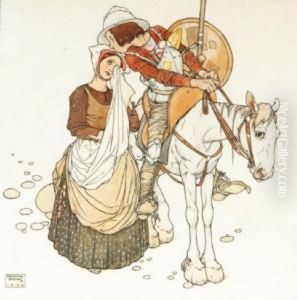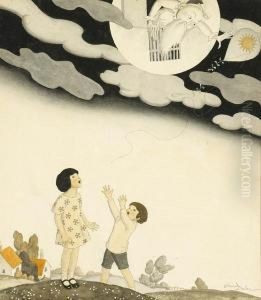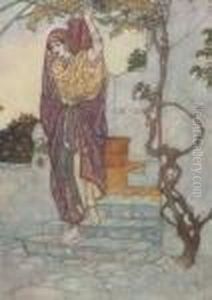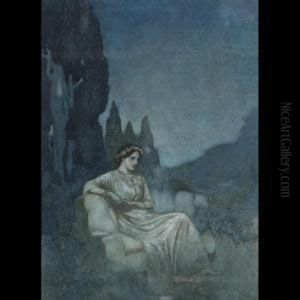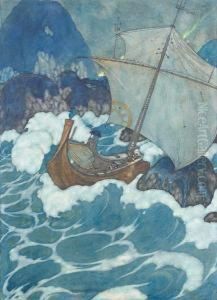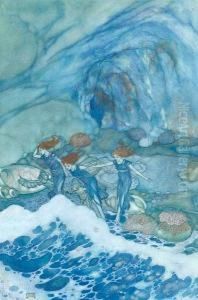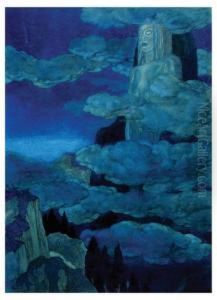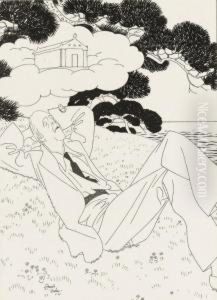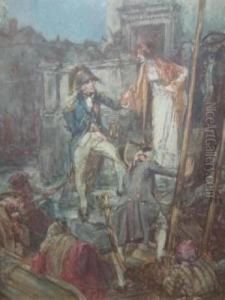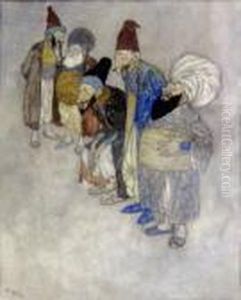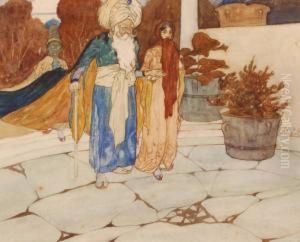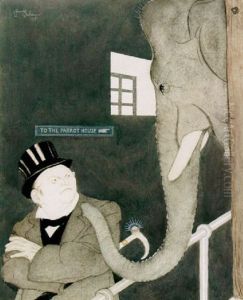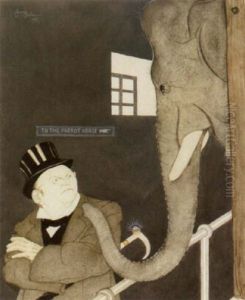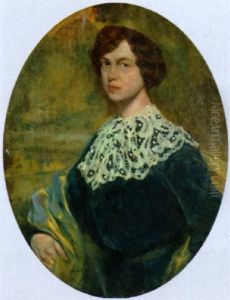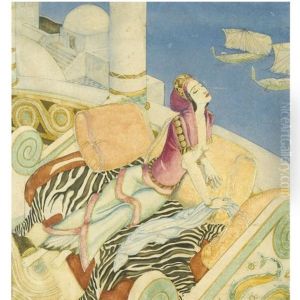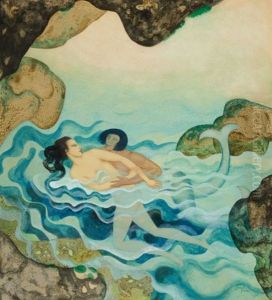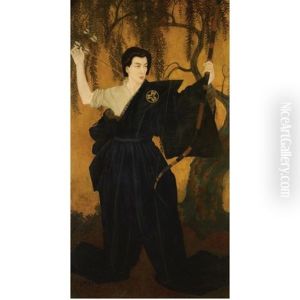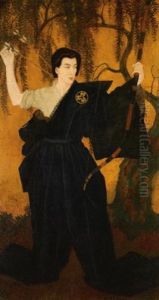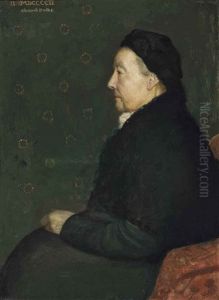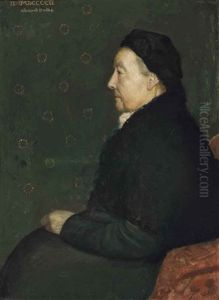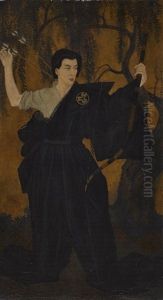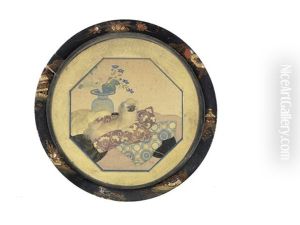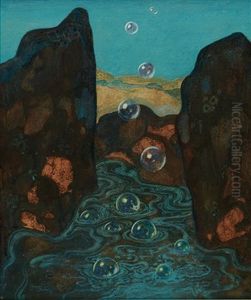Edmund Dulac Paintings
Edmund Dulac was a French-British illustrator prominent during the early 20th century, especially known for his work in children's book illustration and his contributions to the Golden Age of Illustration. Born on October 22, 1882, in Toulouse, France, Dulac developed an early interest in drawing and went on to study law at the University of Toulouse. However, his passion for art prevailed, and he soon moved to Paris to study art at the École des Beaux-Arts.
Dulac's career in illustration began when he moved to London, England, in the early 1900s. His move coincided with a growing market for deluxe gift books, many of which were illustrated works of classic literature and fairy tales. Dulac quickly became a part of this burgeoning scene, providing exquisite illustrations that combined influences from the Art Nouveau movement with the emerging styles of the time.
He gained prominence with his illustrations for the 1907 edition of 'The Arabian Nights,' which were characterized by their lavish use of color and intricate patterns, capturing the exoticism and fantasy of the tales. This success was followed by similar work for other classic texts, including 'The Rubaiyat of Omar Khayyam' (1909), 'Stories from Hans Christian Andersen' (1911), and 'The Tempest' (1908). Dulac's illustrations often featured a blend of Eastern and Western artistic traditions, a testament to his interest in different cultures and his skill in visual storytelling.
During World War I, Dulac's output shifted somewhat, as he produced propaganda posters and contributed to relief books, including 'King Albert's Book' (1914). Despite the war's impact on the publishing industry, Dulac continued to work on book illustrations and also expanded into other areas, including magazine covers, theatre set design, and even stamp design during World War II.
Dulac's work was not limited to book illustration. He was also an accomplished portrait painter and landscape artist, although these aspects of his career are often overshadowed by his illustration work. His contributions to the field of illustration were significant, and he was known for his innovation in the use of color printing techniques.
As the demand for illustrated gift books waned, Dulac adapted, turning his talents to other forms of art and design. He continued to work until his death on May 25, 1953, in London. Today, Edmund Dulac is remembered as one of the key figures in the Golden Age of Illustration, and his work continues to be celebrated for its beauty, elegance, and artistic mastery.
